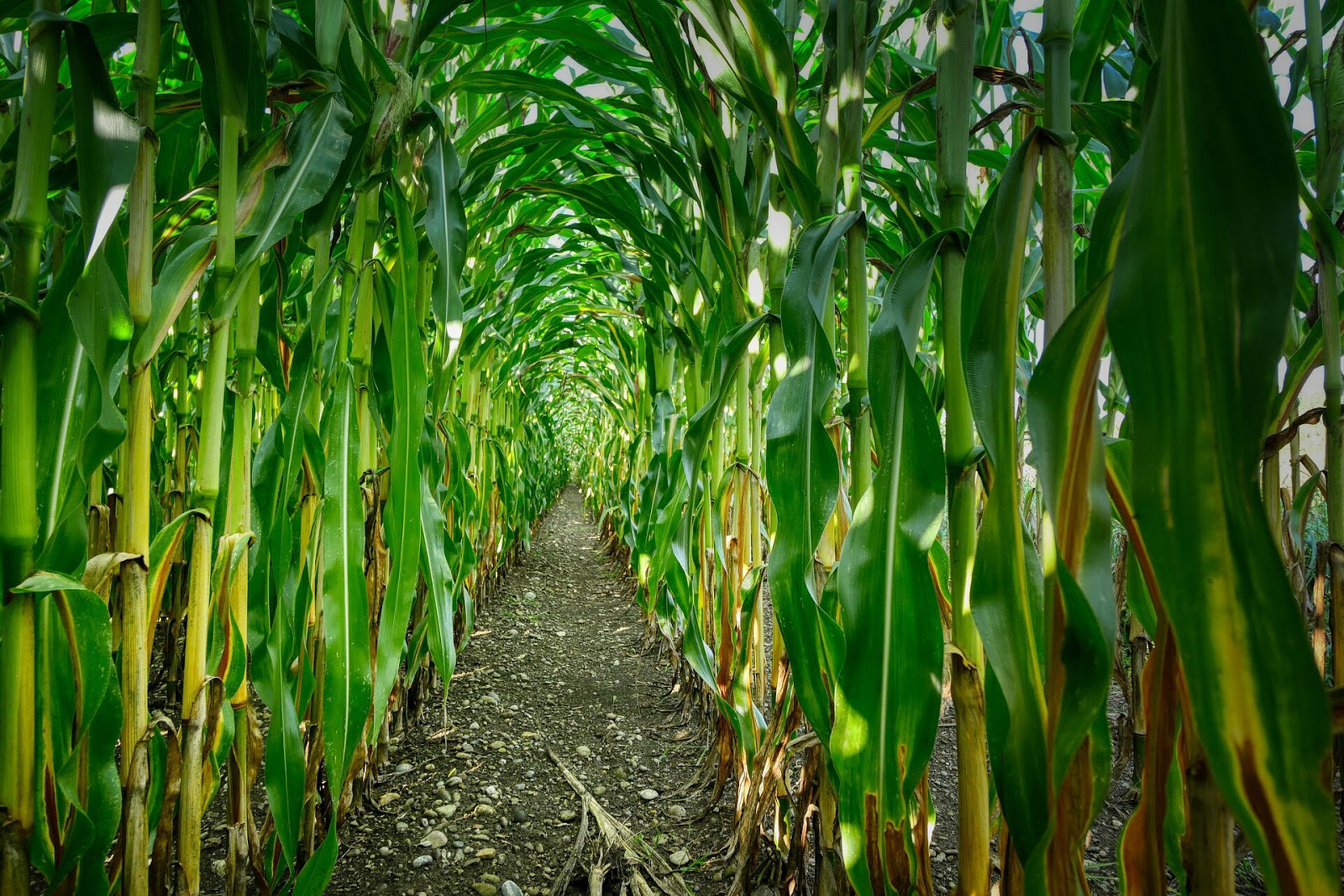As a farmer or a gardener, you may have heard of the word blossom end rot or tomato rot if you probably don't know what this really means or you want to further increase your knowledge about this physical dysfunction them this article is for you.
Read through to the end to get the best out of it.
What is blossom end rot?
Being a farmer or a gardener, you may have once or twice notice a depressed water-soaked effect on the blossom end of your tomato fruit (like in the image below), this is know as blossom end rot.

Source: shutter stock.
It occurs when the tissues in the blossom end of your fruit breaks down typically due to calcium deficiency in the plant which may be as a result of insufficient calcium in the soil or there is lack of or excess water in the soil which hinders calcium uptake by the plant.
Blossom end rot affects the fruit when dey are still green or at their early stage of ripening. After affecting the plant, the later stage results to a black or brownish leathery coat which can affects up to half of the fruit. You may also want to read our article on
How to prevent bacterial wilt of tomato plant
Fruits affected by blossom end rot can still be eaten by simply removing the affected parts of the fruit.
What crops does blossom end rot mostly affect?
It mostly affects:
- Tomatoes
- Eggplants
- Pepper; and
- Quash.
What are the causes of blossom end rot?
- Blossom end rot is typically caused by calcium deficiency in the plant. This deficiency may be due to the inability of the plant to absolve the calcium in the soil because it is only in rare cases that calcium is actually lacking in the soil.
- Lack of or excess water in the soil: lack of water in the soil prevents the plant from being able to absolve calcium from the soil. Similarly, excess water in the soil also prevents the plant from taking up the calcium in the soil.
- Damaging or cutting off of the plant root. During the course of weeding, farmers also tend to by accident cause damages to plants (such as cutting off of some plant's root), this makes the plant susceptible to blossom end rot as the ability of the plant to absolve calcium and other necessary nutrients in the soil through its root is dropped.
- Excessive fertilization such as high nitrogen in the soil can also worsen blossom end rot.
- Additionally, abnormal pH scale (higher than or lower then 6.5) also may result to blossom end rot.
blossom end rot in tomato fruit
Source: shutterstock
Prevention and control of Blossom end rot
Though fruits affected by blossom end rot cannot be revamp to their initial look, but it can be prevented from spreading to other parts through the following ways:
- Try to always regulate the water content of the soil I.e provide proper drainage system in your farm or garden for free flow of excess water (run-off).
When there is a drop in rainfall (drought) use irrigation to supply the crops with the much needed water.
Also try to avoid over watering. - Use mulch to avoid excessive loss of water through evapo-transpiration.
- Test your soil periodically and try to maintain a pH of 6.5 (slightly acidic) as it is a suitable pH scale for growing most vegetables. Plants grown on a soil with a pH of 6.5 are most likely to take up the nutrients in the soil very easily.
- Avoid over fertilization. Excess nitrogen worsen blossom end rot. If possible use organic manure or fertilizers with moderate calcium and lower nitrogen content.
Was this article helpful? Drop you comment as feedback on the comment section below.
Get our next article on our Facebook page at
UgNaija or directly into your inbox by subscribing below


Comments
Post a Comment